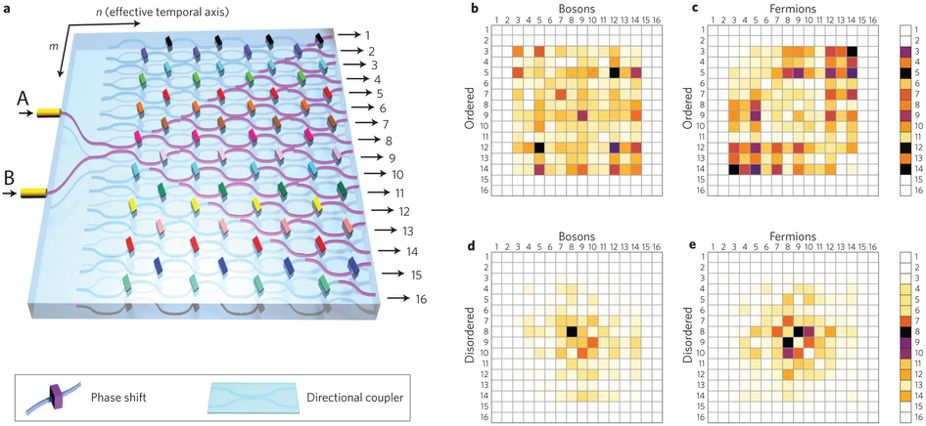Fifty years after the discovery of Anderson localization, the influence of disorder continues to surprise. In 1958, the US physicist P. W. Anderson discovered the phenomenon of disorder-induced localization while pursuing a general theory of electron transport. Anderson predicted for the first time that disorder can arrest the transport of energy in random systems through the generation of spatially localized wavefunctions that trap electrons. As is sometimes the case after a great discovery, very few people were fully convinced of the initial prediction and its consequences, including Anderson himself. It took about 20 years for the scientific community to recognize the universal character of Anderson’s work; he was jointly awarded the Nobel Prize in physics in 1977. The importance of Anderson localization extends beyond quantum mechanics as it is a ubiquitous state for waves, which also manifests itself in classical media.
Read more at: Nature Photonics volume7, pages271–273 (2013)


Recent Comments